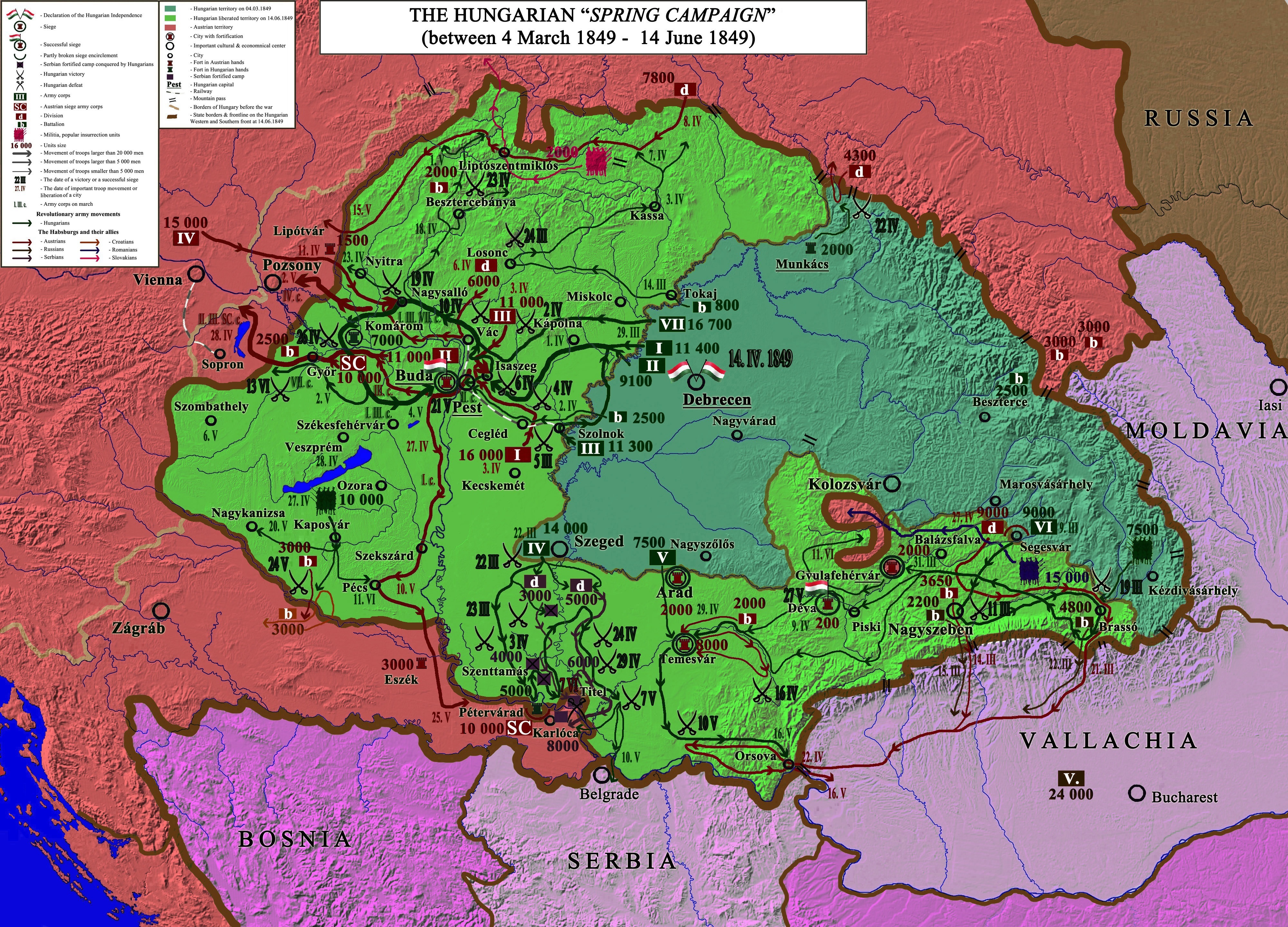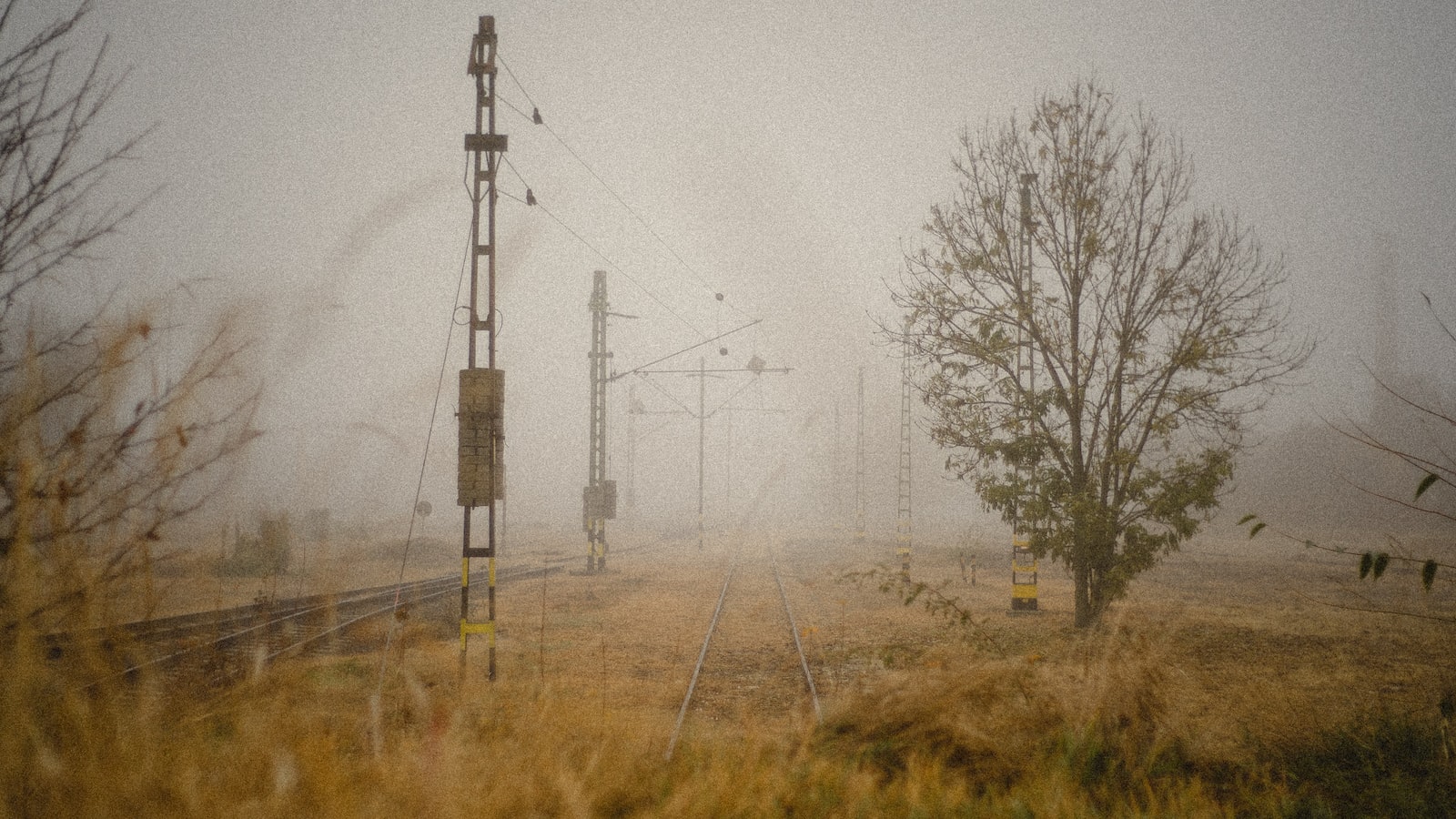Unraveling the tangled threads of history, we find ourselves transported back to a crucial moment in time – the Hungarian Revolution of 1956. Embark on a journey filled with fiery passion, unwavering determination, and the collective longing for freedom. As we delve into the forgotten pages of this epochal uprising, we shall bear witness to the extraordinary acts of bravery by ordinary men and women, whose names may have faded in the annals of time but whose spirit continues to reverberate in the hearts of the Hungarian people. With eager anticipation, let us relive the struggles, sorrows, and triumphs that shaped this landmark revolution, forever etching its mark in the tapestry of human history.
The Fierce Spirit of Resistance: Unearthing the Catalysts for the Hungarian Revolution of 1956
In the annals of history, few events have embodied the indomitable spirit of resistance as fiercely as the Hungarian Revolution of 1956. This watershed moment, fueled by decades of political discontent and social unrest, shook the foundations of Soviet control and left an indelible mark on the world stage. The catalysts for this remarkable uprising were numerous and deeply intertwined, converging to ignite a fervor that would defy the oppressive regime.
At its core, the Hungarian Revolution was a testament to the unyielding determination of the Hungarian people to regain their sovereignty and reject the stifling grip of Soviet dominance. Powered by a profound sense of nationalism and a collective thirst for freedom, a tidal wave of protests swept across the nation. Intellectuals, students, and workers alike, emboldened by the recent events in Poland and a growing disillusionment with the regime, united under a common goal.
- Imre Nagy’s Bold Leadership: Imre Nagy, Hungary’s reformist Prime Minister returned to power in 1956, bringing a glimpse of hope to the disillusioned masses. His call for moderate reforms, such as the repeal of strict censorship laws, stirred the flames of resistance and galvanized the population behind him.
- Radio Free Europe: Acting as a powerful conduit for information and ideas, Radio Free Europe played a pivotal role in shaping public opinion and disseminating anti-Soviet sentiments. Its broadcasts fueled the growing discontent and nurtured a sense of unity among the Hungarian people.
- The Spark of Revolution: The catalyst for the Hungarian Revolution was ignited on October 23, 1956, when students took to the streets of Budapest to protest against the oppressive regime. As this peaceful demonstration quickly escalated into a violent clash with the secret police, the spark of revolution was ignited, spreading like wildfire across the nation.

The Uprising Unveiled: Analyzing the Socio-Political Climate and Grievances that Ignited the Hungarian Revolution
Looking Beyond the Smoke: Delving into the Complex Layers of the Hungarian Revolution
As the Hungarian Revolution unfolded, it became evident that the socio-political climate and deep-seated grievances within Hungary were ignited by a multitude of factors. Beyond the surface-level discontent, a web of interwoven complexities contributed to the fervor that would rock the nation and captivate the world. Exploring these underlying elements is key to comprehending the true essence of this historic uprising.
At its core, the Hungarian Revolution was a response to a government that wielded power with an iron fist, crushing dissent and stifling freedom of expression. The despotic regime of Mátyás Rákosi left no room for opposing viewpoints, leading to a seething discontent among the Hungarian populace. Yet, the revolution was not solely driven by political dissatisfaction. Economic hardships, growing disillusionment with Soviet influence, and a yearning for national sovereignty all coalesced into an explosive mix that had been simmering beneath the surface for years.
- Widespread poverty and austerity measures imposed by the government left many Hungarians struggling to make ends meet, exacerbating their frustration
- A perceived loss of national identity and the suppression of Hungarian culture under Soviet rule further fueled the flames of discontent
- The limited availability of basic necessities, such as food and housing, added an additional layer of anger and resentment
- The Hungarian people, inspired by the wave of independence movements rippling across Eastern Europe, saw an opportunity to break free from Soviet dominance and assert their own autonomy
In analyzing the socio-political climate and grievances that ignited the Hungarian Revolution, it becomes clear that the revolution was not simply a spontaneous outburst of anger, but rather the culmination of years of repression, economic hardship, and a longing for self-determination. By unraveling these complex layers, we gain a deeper understanding of the significance and lasting impact of this historic event.

Navigating a Treacherous Path to Freedom: Examining the Tactics and Strategies Utilized by Hungarian Revolutionaries
The Hungarian Revolution of 1956 was a pivotal event in the country’s history, characterized by an unwavering determination to break free from the grips of communist oppression. Under the title “,” we delve into the intricate web of actions taken by these brave individuals.
1. Guerrilla Warfare: The Hungarian revolutionaries deftly employed guerrilla warfare tactics to level the playing field against a heavily armed and organized Soviet regime. This included hit-and-run attacks, sabotage, and ambushes, allowing them to disrupt the enemy’s operations and weaken their resolve.
2. Underground Networks: In order to maintain cohesion and ensure effective communication, Hungarian revolutionaries swiftly established underground networks. These intricate webs of connections allowed for the swift exchange of information, the dissemination of propaganda, and the coordination of resistance efforts. Utilizing secret codes and hidden meeting places, these networks proved vital in the revolutionaries’ ability to organize and strategize while remaining elusive to the watchful eyes of the authorities.

Lessons from a Historic Struggle: Sharing Insights and Recommendations for Preserving the Spirit of Freedom from the Hungarian Revolution of 1956
Through the harrowing battles fought during the Hungarian Revolution of 1956, a flame of resilience was kindled that continues to burn brightly in our hearts. The valiant struggle of everyday citizens against the Soviet regime offers profound insights and indispensable lessons that should not be forgotten. Here are some key recommendations stemming from the experiences of those courageous individuals, aimed at preserving the spirit of freedom for generations to come.
1. Unwavering Unity:
- One of the most prevailing lessons from the Hungarian Revolution emphasizes the power of unity across all segments of society.
- Overcoming internal differences and forging a shared sense of purpose is essential in the face of oppression.
- Building bridges and fostering alliances among different groups amplifies the strength of the collective voice, enabling us to stand resolute against injustice.
2. Amplify Education:
- Nurturing a culture of knowledge and critical thinking is vital in upholding the spirit of freedom.
- Ensuring that the lessons and sacrifices of the revolution are preserved in history books, classrooms, and public discourse is paramount.
- By teaching future generations about the triumphs and tribulations of those who fought for freedom, we can pass on the torch of resilience and inspire them to stand against any threat to liberty.
Key Takeaways
As we step back from the harrowing events that shaped the Hungarian Revolution of 1956, a profound sense of awe for the resilience and determination of the Hungarian people fills our hearts. The struggle for freedom may fade into the annals of history, but the spirit it ignited continues to burn brightly. From the ashes of a shattered nation emerged a steadfast belief in the power of unity and the invincibility of the human spirit.
Like a crescendo in an opera, this revolution unfolded with passion, a symphony of cries for autonomy and self-determination. The Hungarian people, weary from years of Soviet domination, dared to dream of a future where their voices mattered, where their identities could shine without fear of reprisal. And so, under the chilly October sky, the nation rose as one, weaving a tapestry of relentless resolve and unwavering hope.
Through the cobblestone streets of Budapest, the very pulse of the revolution, we hear the echoes of voices demanding change. From the heroic university students to the steadfast workers, the resolute intellectuals to the brave soldiers, they became the architects of their own destiny, united in a common purpose. They wielded pens, wielding power, as their words resonated across the Iron Curtain, piercing the very core of oppression.
Yet, their battle for liberation would prove to be an uphill struggle. The brute force of the Soviet regime, unwilling to relinquish control, descended upon the populace with an iron fist. Tanks rumbled through the streets, crushing dreams of freedom beneath their brutal caterpillar tracks. The haunting specter of war loomed overhead, punctuating the desperate pleas of a nation yearning to be heard.
And yet, in the face of overwhelming adversity, the defiance of the Hungarian people remained unwavering. They painted their city with the colors of resistance, transforming every ruined corner into a canvas of defiance. These walls, once mute and submissive, now became portentous murals of hope, courage, and unity. The spirit of the revolution leapt from these vibrant brushstrokes, reminding all who passed by that the human will cannot be extinguished by the might of an oppressive regime.
As the dust settled and the revolution subsided, the world bore witness to the undeniable power of individual courage and collective determination. Although the Hungarian Revolution of 1956 may not have achieved all of its immediate goals, its legacy was etched in the hearts of those who silently dared to hope, to dream, and to fight for freedom.
Today, as we learn from history’s tumultuous dance, we commemorate the Hungarian Revolution of 1956 not merely as a bloody chapter, but as a clarion call for resilience and the unwavering pursuit of liberty. In the shadows of despotic regimes past and present, let us remember that freedom does not come easily and that the struggle for autonomy is an enduring tapestry, stitched together by the brave and unyielding souls who dare to challenge the status quo.

